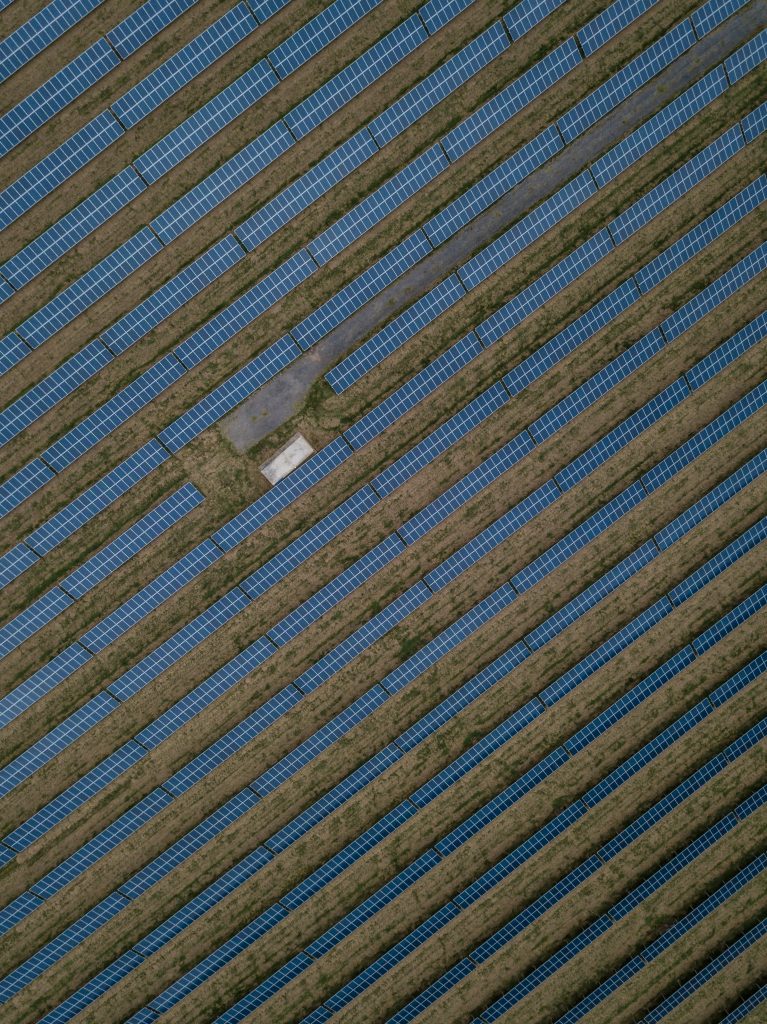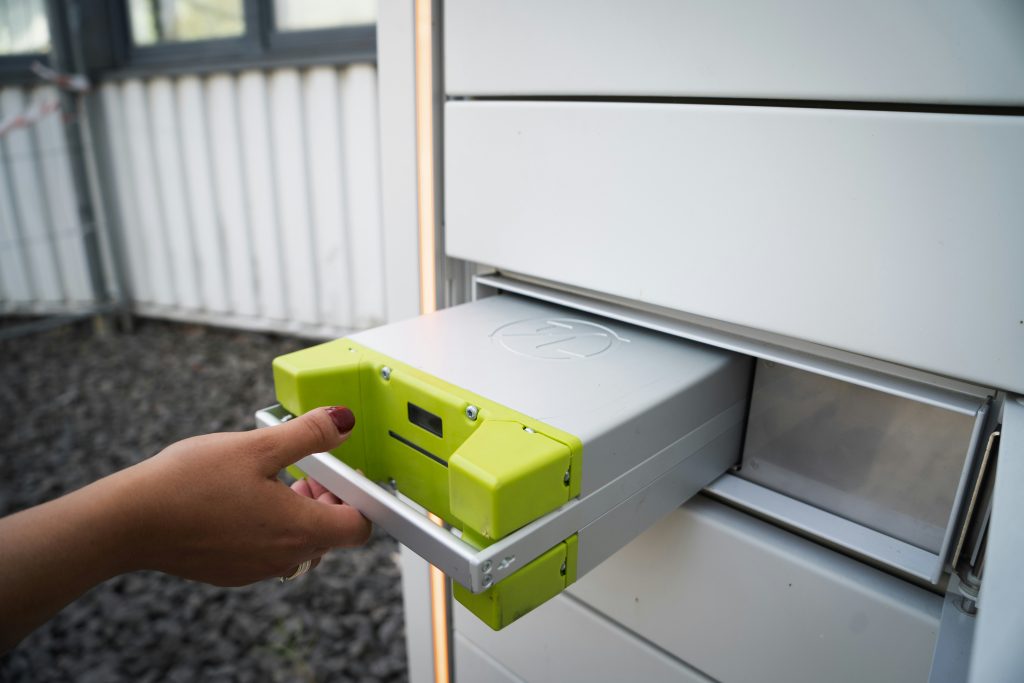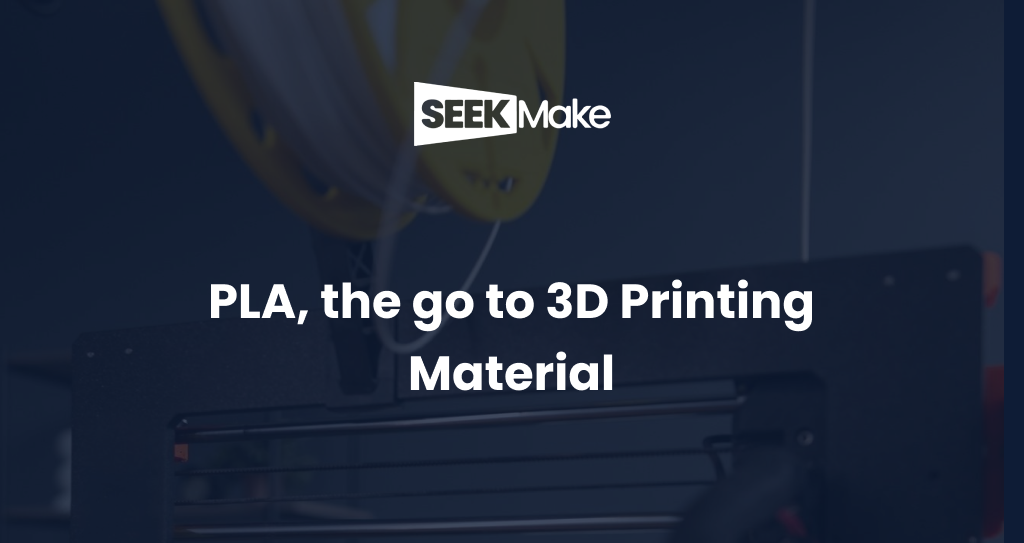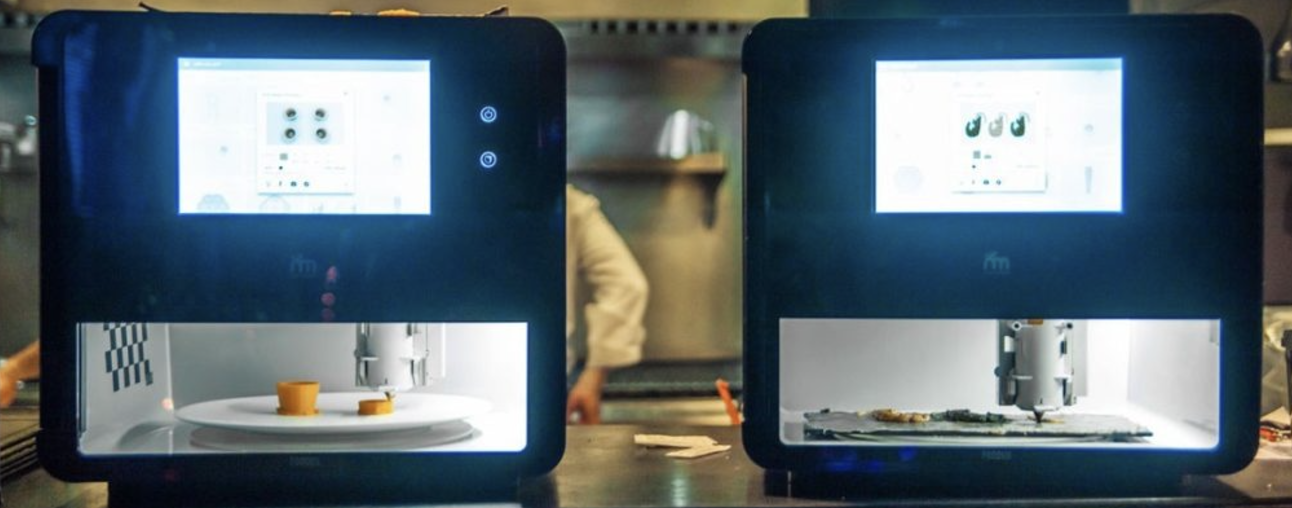In an era defined by technological advancements, the energy sector stands at the forefront of innovation, embracing novel solutions to enhance efficiency, sustainability, and reliability. One such transformative force is 3D printing, a technology that is reshaping the evolution energy Sector and the way energy companies approach manufacturing and design. In Energizing Tomorrow: The Evolving Landscape of 3D Printing in the Energy Sector, we delve into the profound impact of 3D printing on the energy sector and how it is driving unprecedented advancements.
The vital role of the Energy Sector in Contemporary Society
The energy sector plays a significant role in modern society, powering the everyday life of individuals, businesses, and industries. This sector provides the power required to enable a comfortable, productive, and efficient life. An efficient energy sector is an indicator of economic growth and development. The ability to provide reliable and affordable energy provides power for industries and homes, ensures business growth, and creates jobs.
Climate change is an increasingly pressing issue in today’s society, and the energy sector has been a contributor to greenhouse gas emissions. However, the current transition to cleaner renewable energy sources will help reduce emissions and mitigate the impacts of climate change. The energy sector embraces clean energy technologies to reduce its carbon footprint and support sustainable development. This also extends the importance of the energy sector to improve public health and safety.

In addition, the energy sector also contributes to national security. A secure and reliable energy supply reduces vulnerability to geopolitical tensions and supply disruptions. Societies that provide their own energy needs can reduce dependence on foreign sources while having more control over their energy supplies.
Finally, the energy sector drives innovation and technological advancement. The new, advanced technologies ensure more efficient and cost-effective energy systems. Such innovations can help improve energy efficiency in modern society while keeping energy costs low.
How 3D Printing Holds the Key to Energy Sector Transformation
3D printing is emerging as a potential game-changer, creating complex components that can be tailored to specific energy applications. This manufacturing technology ensures design flexibility and improves energy efficiency. Moreover, it allows for rapid prototyping, speeding up the development of new energy technologies. As a result, manufacturers employ online 3D printing to accelerate the deployment of new renewable energy sources.
At the same time, it helps improve the reliability and efficiency of existing energy systems. Its on-demand manufacturing capabilities also help reduce the costs of maintaining energy infrastructures. There are indications that additive manufacturing can reduce the production costs of solar panels by up to 50% while increasing efficiency by over 20%. Likewise, manufacturers now employ 3D printing to produce large-scale components near turbine sites. This reduces cost, eliminates transport limitations, and improves turbine efficiencies.
Unveiling the Benefits of 3D Printing in the Modern Power Landscape
As with many other large-scale industries, the renewable energy sector benefits from new, innovative product developments. Here are some of the benefits of 3D printing to bring this into reality :
Rapid Prototyping and Reduced Development Times
3D printing is an essential technique to easily and quickly create physical prototypes of new designs and concepts 3d prototyping. allows product managers and designers to evaluate and test the prototypes to validate the design before moving on to full-scale production. This way, making design changes and carrying out more tests within a shorter period is easier.
Furthermore, it can quickly create cost-effective custom fixtures and tools for manufacturing processes, ensuring faster development times. It is more practical to develop rapid prototypes via 3D printing. This technique can create customized energy components tailored to specific requirements. There is no need to develop costly, high-performance molds as traditional processes require. Therefore, you can be sure of improved efficiency, faster development times, and cost-effective manufacturing.
The Art of Customization and Complex Geometries in Modern Design
Traditional manufacturing processes tend to have inherent design constraints. In contrast, 3D printing is an excellent choice when you want design freedom. As a result, you can tailor energy devices to individual project needs. Additive manufacturing not only ensures easy customization of products but can also fine-tune energy production systems to create components with complex geometries easily.
In the oil and gas industry, where there are strict environmental safety regulations, additive manufacturing can balance efficiency, cost-effectiveness, and environmental safety. It can produce complex shapes and simplify assembly by reverse engineering multiple parts into a single product, reducing site assembly time.
Sustainable Horizons: Exploring 3D Printing in Renewable Energy Initiatives
Additive manufacturing has found extensive application in optimizing components across diverse renewable energy sectors. From designing and manufacturing lighter wind turbine blades to developing new designs of nuclear reactor components, 3D printing has played a vital role.
Moreover, it has facilitated the creation of next-generation designs of photovoltaics for use in solar panels. It also helped develop innovative catalysts for hydrogen production and contributed to the decarbonization efforts of several manufacturing firms. Thus, 3D printing has emerged as a crucial technology driving innovation and efficiency in the renewable energy sector.
A. Solar Power
The growth of the solar energy sector is remarkable. This industry benefits from the simplicity of 3D printing for energy generation technologies. The barriers to technical skills are also low, with cost-effective installations. Therefore, solar power is gaining more popularity among an extensive range of individuals.

1. Lightweight and Customizable Solar Panels
3D printing has revolutionized solar panel production in multiple ways. The first approach involves applying semiconductor ink onto the wafers of solar panels using 3D printing. This technique allows for the application of the conductive material, made from a combination of boron and polysilicon, on ultra-thin cells that are only around 200 microns thick.
The result is a significant boost in efficiency, as the large specific surface area of the semiconductor ink enhances energy conversion. More remarkably, this 20% improvement in efficiency can be achieved at a lower cost. Meanwhile, 3D printing companies have adopted a different strategy for enhancing solar panel design. We now have high-performance solar panels using a patented volumetric 3D printing technique.
Furthermore, the volumetric 3D printing technique can cure an entire 3D-printed project in a single step. This speeds up the manufacturing process and drives down costs. When used correctly, this technology can make solar electricity more accessible to a larger population. As a result, it is a strong instrument in the transition to a more sustainable energy future.
2. Advanced Solar Cell Designs
Traditional silicon solar cells have several issues, including high production temperatures, environmental impacts, and high manufacturing costs. T3DP, a company that developed a solar cell 3D printing process using perovskite, has improved upon these drawbacks. Perovskite is a semi-conductive material that can be manufactured at lower temperatures, thus reducing manufacturing costs.
The process utilizes volumetric 3D printing to shape the solar material into sturdy hexagon scaffolds. Solar cell technology is vital for ecological sustainability and energy independence, but the current solar cell technology based on silicon wafer technology has shown only incremental progress. Recent research aims to increase photovoltaic efficiency using cheaper materials and novel techniques.
Thin film solar cell development focuses on reducing electron-hole recombination, lowering manufacturing costs, and advancing light management for optical absorption. 3D printing can also improve electric connections, light management, composition/structure of light absorbing layers, and other parts of solar cell modules. 3D printing significantly contributes to the fabrication of solar cells and their components.
B. Nuclear energy
Attention is turning towards 3D printing for nuclear energy because this technology enables the creation of complex shapes and geometries. This leads to more efficient and effective designs for nuclear components, such as fuel rods and reactor cores.
1. Production of Complex Components
The Russian State Atomic Energy Corporation, Rosatom, is exploring additive manufacturing to produce complex metal components for nuclear products. The company developed its own 3D printers that have undergone successful testing.
C. Energy Storage
As renewable energy sources such as wind and solar become increasingly popular, it is critical to have effective methods for storing the energy they generate.
1. Customized Battery Designs
Lithium-ion batteries are the most common type used in many energy storage applications. Supercapacitors are also excellent options. Most batteries are built in common shapes, such as cylinders or prisms. However, it is occasionally preferable to have batteries in a specific shape or size. For example, manufacturers may need the batteries to fit into a wearable gadget or for integration into a product. This is when 3D printing comes in handy.

It is possible to generate new designs and shapes for batteries by 3D printing them. As a result, they may operate better under certain scenarios. Some researchers are exploring making batteries with 3D structures rather than flat layers. This could make batteries more efficient and last longer.
2. 3D-Printed Fuel Cells and Electrolyzers
Fuel cells and electrolyzers can convert fuel into electricity and electricity into gas for energy storage. Polymer exchange membranes (PEM) and solid oxide cells (SOCs) are two of the most promising technologies.
3D printing has been used extensively in PEM and SOC technologies for depositing thin layers of the main components of the cells, such as electrolytes, functional electrodes, or catalysts, over conventional substrates. This approach enhanced the individual cell performance based on the 3D printing’s ability to use graded compositions or functional layers.
Recent advances in stereolithography and dynamic light processing (DLP) printing of ceramic ionic conductors open the door to more complex shapes. However, in the case of PEM cells, manufacturers only explore complex shapes for the structural components, such as interconnected metallic plates. 3D structured PEM and SOC cells are the next generation of high-performing devices.
E. Fossil Fuels
3D printing technology has the potential to reduce the environmental impact of fossil fuels significantly. Energy-efficient 3D-printed devices help reduce the number of fossil fuels consumed.
1. Enhanced Drilling Equipment
3D printing creates more efficient and durable drilling equipment, which can reduce the fossil fuels needed to power drilling operations. Its ability to create customized and complex parts improves the performance and safety of drilling equipment. As a result, it minimizes the risk of accidents and spills that can have significant environmental consequences. Advanced 3D printing operations use sustainable and recyclable materials, reducing the overall environmental footprint of drilling operations.
2. Innovative Carbon Capture Technologies
Solvent-based absorption is the most advanced carbon capture (CC) technology compared to other processes like membrane separation or cryogenic distillation. However, CC has a few drawbacks, such as high corrosion rates, low CO2 capacity, and the need for high energy input.
One method to reduce energy input is interstage cooling, where the solvent is cooled between the absorber stages using an external heat exchanger. This helps control the heat accumulation generated by the exothermic reaction between CO2 and the solvent. High temperatures can negatively affect the reaction equilibrium and CO2 solubility, reducing the driving force for absorption.
By venting excess heat and keeping the absorber at an optimal temperature, capture efficiency improves, and energy consumption reduces. Additive manufacturing provides new design possibilities for reactors and heat exchangers. This enables the creation of complex geometries and topologies that can help reduce complexities, which is essential for interstage cooling applications.
Integration with Other Emerging Technologies
The combination of 3D printing and other technologies has the potential to open up new avenues for a sustainable energy transition. AI integration with 3D printing may result in more efficient and effective design processes. AI algorithms can lower the cost and time of the 3D printing process by performing enough analysis and design optimization.
In addition, Augmented and Virtual Realities can improve design and prototyping processes when combined with 3D printing. Robotics also increases efficiency while decreasing the demand for human labor. Likewise, combining IoT and 3D printing will aid in developing smart, connected energy equipment.
Conclusion
Renewable energy transition with 3D printing seems to be the way forward in the energy sector. It provides a practical alternative to traditional manufacturing processes. It also helps overcome the problems of developing more sustainable power solutions. From turbine blades to solar panels, industrial-scale 3D printing technologies offer several benefits for energy applications.
Deciding on the best 3D printing technology and materials for your project can be challenging. However, SeekMake offers extensive experience and resources to help you make the best choice. SeekMake provides high quality 3D printing services , ranging from FDM to SLA and SLS, tailored to your unique requirements. We can offer you the perfect solution at a competitive price, whether you need rapid prototypes or large-scale production parts.
With various materials and surface finishes, you will find the ideal combination to fit your needs and demands. Our team of professionals is always ready to provide professional guidance to assist you in making educated decisions. We take pleasure in our dedication to providing our customers with the best manufacturing experience.
Contact us today to get the best 3D printing service. You can also upload your design files to our platform and receive a quote within a few hours.
-Energizing Tomorrow: The Evolving Landscape of 3D Printing in the Energy Sector



